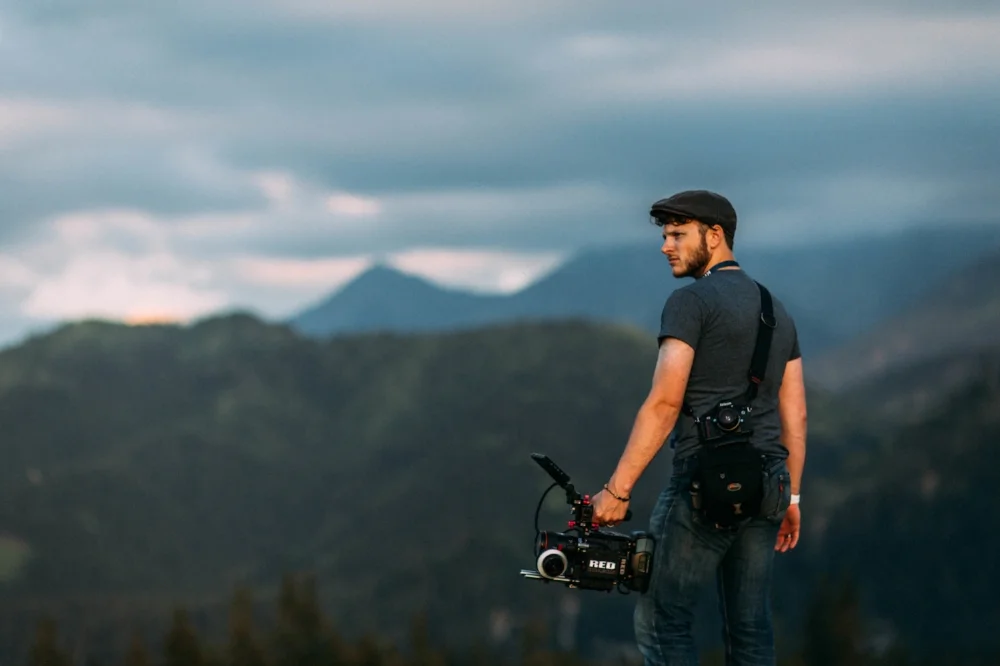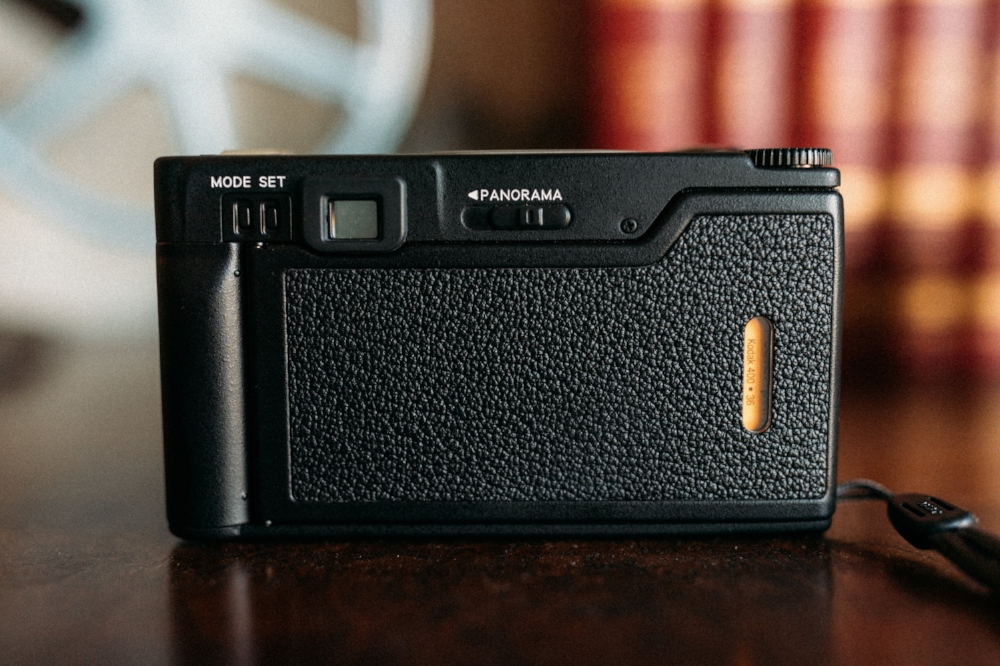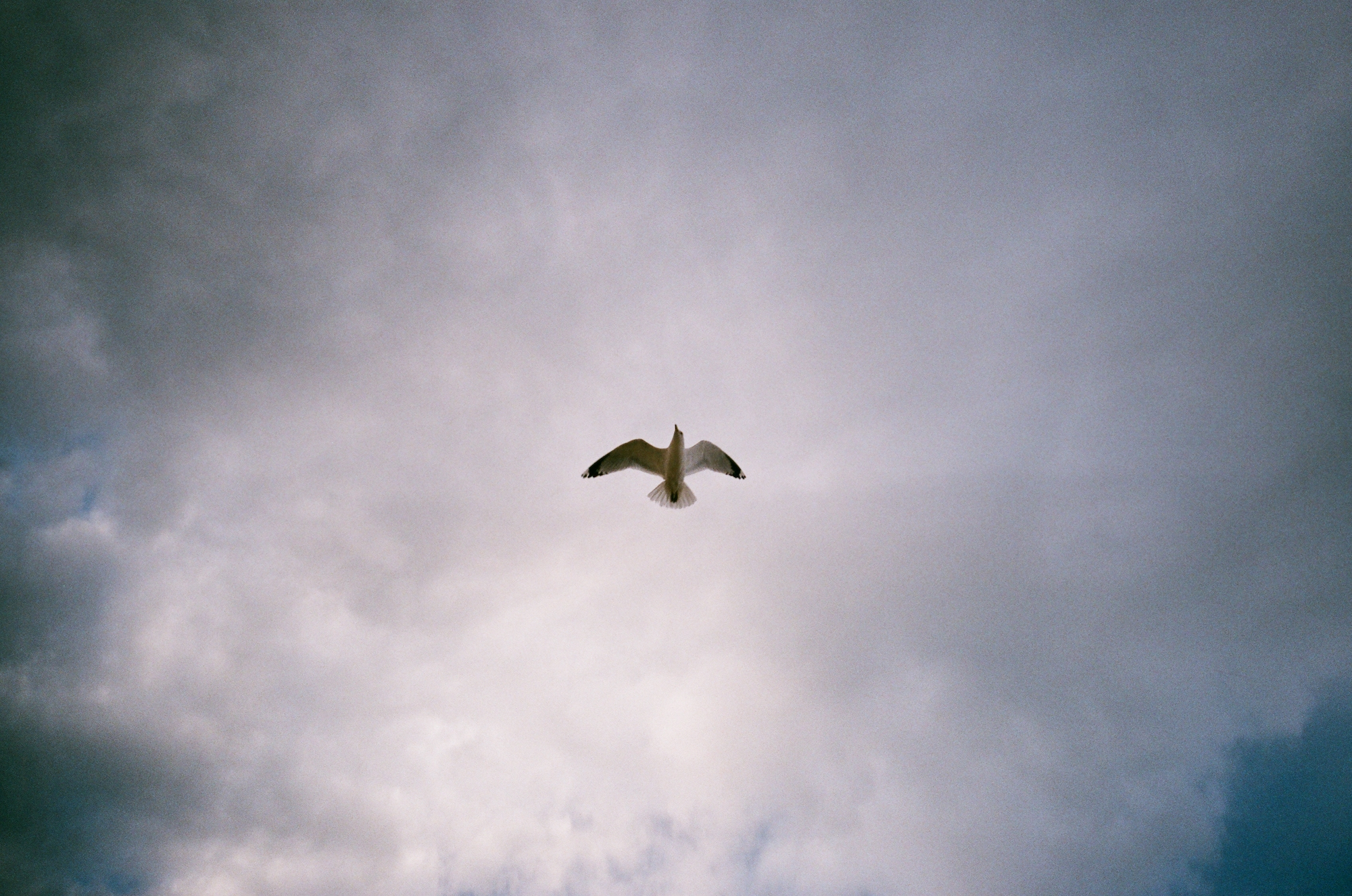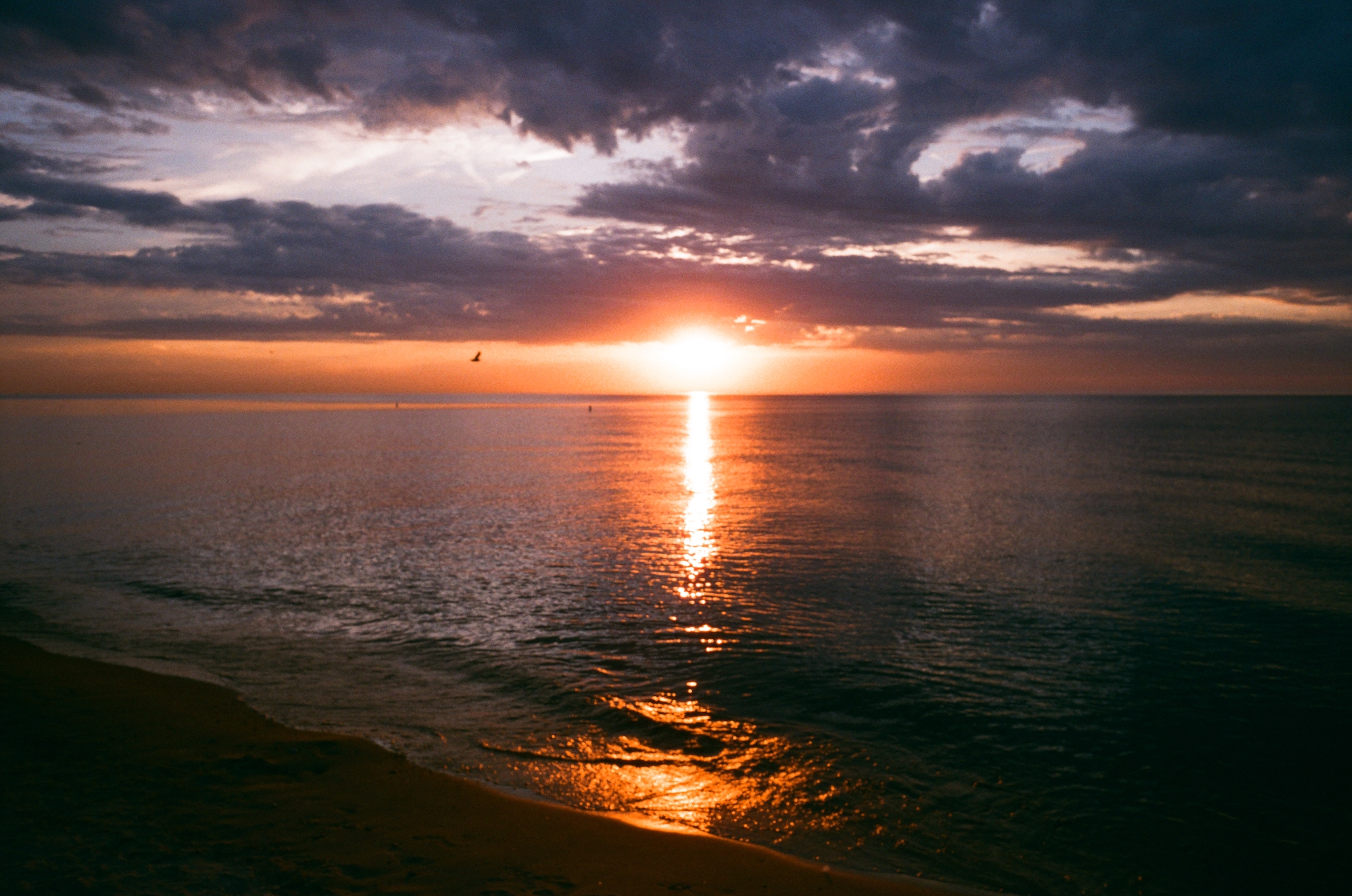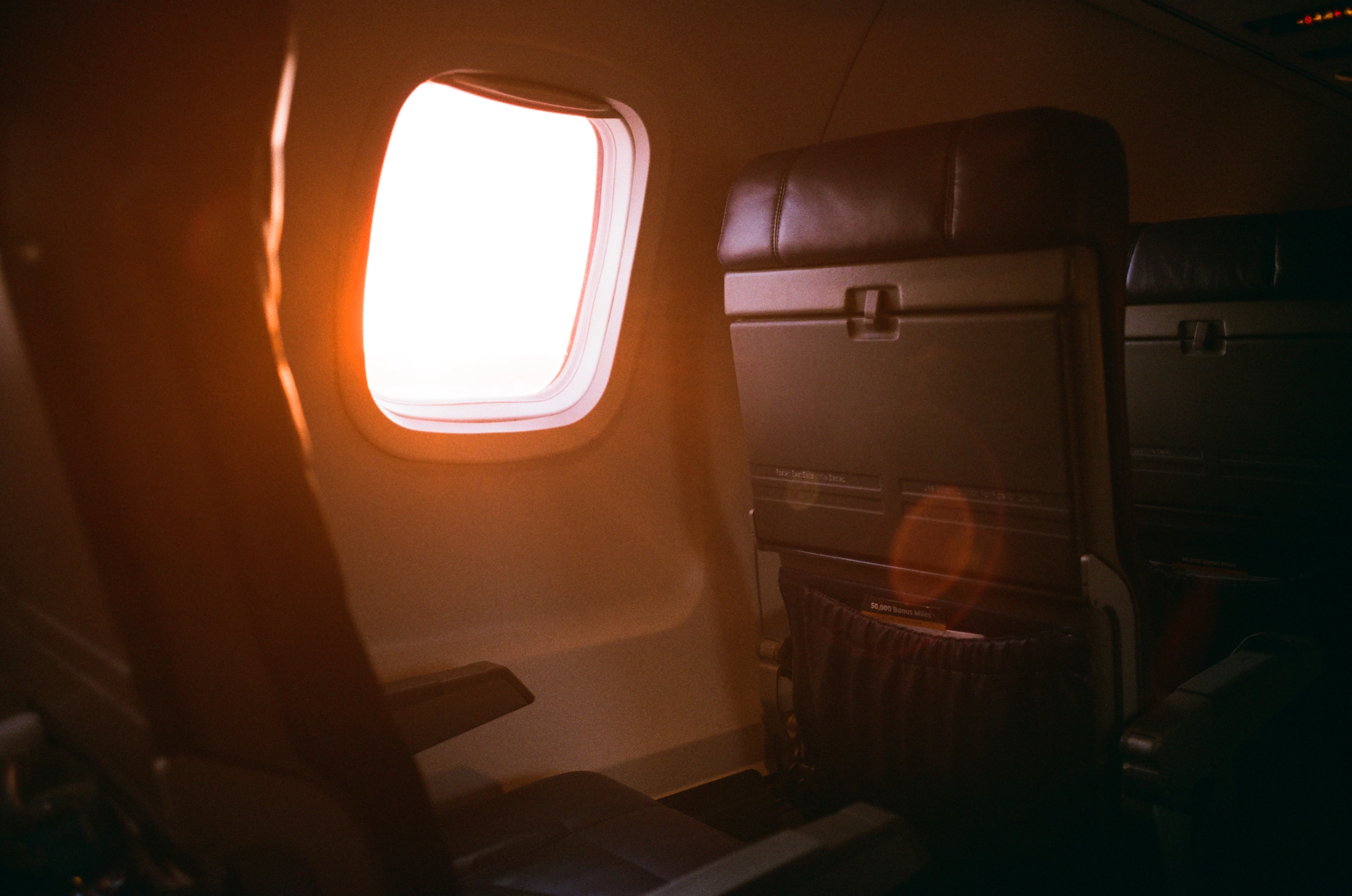The Nikon 28ti - My Favorite Compact Travel Companion
Nikon's amazing 28ti alongside Kodak's Kodachrome magazine issue two.
If you're just interested in my Nikon 28ti review, jump down to the review section. If you want to know why I chose it instead of a few other options, read on!
Why do I need a compact camera?
2014 was a year of new experiences for me. Fresh out of college and newly married, I had just re-discovered film photography after largely forgetting about the format since my childhood. This rediscovery was fueled by an experience with a friend's Nikon F3, the iconic Japanese camera that maintains a devoted following amongst film shooters to this day. With a desire for exploring new frontiers, I purchased one from the ever-recommended Robert's Camera in Indianapolis, and fell back in love with shooting film.
When Spirit Juice Studios filmed in Poland for World Youth Day, my Nikon F3 was my camera of choice.
Fast forward to 2018, and I still have my Nikon F3, which maintains a permanent spot in my daily carry bag (but that review and story is for a different day). Since that first purchase, I’ve purchased quite a few film cameras (my wife would argue quite a few too many), and today I'd like to share one of my favorites. You see, while I still love my F3, the size is a bit prohibitive due to my constant travel. I may not quite be George Clooney in Up in the Air status (fun movie, btw) but I’m no stranger to the tarmac of Chicago’s Midway airport.
Something that frequent travel will teach you quite quickly is efficiency. While jet-setting is usually romanticized, without a well-oiled routine, it simply becomes a bungled collection of inconveniences from slow TSA checkpoints, to frantic runs across a terminal, to realizing you’ve forgotten deodorant as soon as you arrive at your 104° destination half a world away from home.
This is our average collection of equipment for travel. Southwest's bag check employees love us!
When traveling with my amazing colleagues at Spirit Juice Studios, we amass a varying collection of equipment that at times verges on comical. Everything that we can carry on, we do, and everything that needs to be checked is packed inside somewhere between 10 to 30 Pelican cases.
When we travel, organization and coordinated routine are everything. I have a bag constantly packed, pouches with travel supplies always at the ready, and know exactly how much and which supplies travel well and fit well within my carry on.
The Search Begins
This brings us back to my choice of camera. Until last year, that camera was my tried and true F3. With a battery that lasts forever, and reliability second to none, it was always my go-to. Yet while it remains compact compared to modern DSLR standards, it isn’t the most pocketable camera for every day. After a grueling week of constant flights last year, I began to wonder if it was really the best camera to take everywhere. Sure, I still choose it when traveling to a picturesque location like Krakow, Poland, but what about the trips to middle-of-nowhere USA, where I’ll likely only see cornfields and rusty mailboxes? Sure, I’ll still photograph the experience, but I'm less likely to take hundreds of pictures, and I certainly don't need something as robust as the F3. Thus began the research.
In short, my requirements for this new travel camera were as follows: compact, sharp 35mm (or near) lens with f2.8 or higher speed, high build quality, and decent mix of vintage and modern flairs without appearing dated. I really just wanted something that could produce comparable results to my F3 in everyday circumstances. Sure it likely wouldn’t match the sharpness of my Nikkor lenses or be quite as versatile, but I was willing to sacrifice a bit of that for compactness.
These days, when you look into used compact 35mm point and shoot cameras, you’ll see a lot of options, and a lot of recommendations. These range from plastic Canon and Nikons from the 90’s, to the cream of the crop Contax T-series. As someone who appreciates fine craftsmanship and doesn’t mind paying a bit more for reliability, build quality, and style, I was leaning toward the Contax T2 (still one of the best 35mm point and shoot cameras available). Before I could convince myself to pull the trigger (and likely incur the wrath of my loving wife due to the price), I continued to research and sit with the idea to ensure I had chosen wisely.
Sporting the Nikon 28ti in Ottawa, Ontario. I've come to enjoy traveling with something so compact!
Just the Camera I'm looking for
It was around this time that I discovered a small article about the Nikon 35ti, and it didn’t take long to fall in love with the concept. It hit almost every point, looked amazing, and would fit well with my small collection of Nikons. There was just one problem: I absolutely loathe the color often associated with “titanium” cameras. Give me silver or give me black, but please don’t give me that tan. I know this might seem shallow, but I’m not going to spend good money on a camera that I think looks ugly. Luckily, before I was about to write off the camera completely, I noticed a short line that read “…also produced alongside the similar Nikon 28ti.” “Might as well check this one out too,” I thought.
A quick Google search brought a smile to my face. Not only did the 28ti offer nearly every favorable aspect of the 35ti, but it came in matte black. Praise the Lord! A quick eBay search left me perplexed, however. “Zero Results for Nikon 28ti,” it read. Could there really be none available? Apparently, while quite an exquisite camera, they weren’t nearly as prevalent as the 35ti or the widely used Contax T cameras. Depending on the day and week, you may find a few or them or none at all. I decided to wait.
A few weeks later, my recurring eBay search had yielded no results. Then one day, a notification popped up on my phone. One had just been listed. I jumped on the computer to read the description, knowing I would pass if the condition wasn't high enough. “Mint Condition in Original Box,” it read. Perfect. And just like that, I had purchased a new camera.
When it arrived, I found a nearly untouched camera that had clearly been purchased, and then forgotten in the closet. I couldn’t find any wear aside from a couple small scratches on the battery door. Upon inserting a battery and grabbing a roll of Agfa Vista 400 film (my favorite consumer grade film, and recently discontinued), I was on my way!
Such a beautiful design. Vintage, yet modern at the same time.
My impressions (the review section)
Now the Nikon 28ti is a bit of an interesting camera. Conceived in 1994 (around a year after the 35ti), the 28ti was built during a time when camera makers were sinking everything they could into point and shoot film cameras in an effort to keep them alive. It seems the category wouldn't last.
Nikon came late to the game in an attempt to compete with the Contax T3, Konica Hexar’s, and the like. While they failed in some ways, they succeeded in producing a remarkably designed camera that still turns heads and produces spectacular images. Despite an overall successful design, the camera was never fully appreciated, and was discontinued in 1998 due to poor sales.
On the down side, autofocus is notoriously slow, causing many people to pass on the camera for some of the alternatives. In my opinion, however, if you keep this in mind while shooting, the autofocus is still perfectly usable and generally pretty accurate. Sure it won’t come close to matching the speed and accuracy of a modern DSLR, but the design of the camera doesn’t suggest this shooting style in the first place. Simply take your time, and you’ll have great results.
Here's a sample photo from the camera on Agfa Vista 400. No editing! Notice the near perfect exposure.
Yet while autofocus is notoriously slow, metering is famously accurate. Packing one of the only Matrix meters to debut in a 35mm point and shoot, the 28ti (and 35ti) produces incredibly accurate exposures. In fact, of all the 35mm cameras I own, the 28ti ties the high-end Canon 1v for accuracy. If that isn’t amazing, I don’t know what is.
Just look at that analogue display! Beats an LCD any day of the week.
In terms of features, the 28ti is fairly average for a high-end 35mm point and shoot (this isn’t a bad thing). Including both auto and manual focus (I recommend just using the auto), full auto mode, aperture priority mode, shutter priority mode, and shutter speeds between 1/500s and 2s, it has nearly everything you would need for daily picture taking. All of these settings can be seen on the top of the camera on a gorgeous analogue readout designed and built by Seiko (yes, the watch brand). Honestly, this is one of my favorite features of the camera and the one that most frequently turns heads and invites questions. Looking through the viewfinder, you’ll see a set of frames that adjust based on focus distance to show you the approximate image frame.
While the lens can’t quite match the legendary Zeiss and Rokkor lenses in some of its competitors, the 28mm lens attached to the camera (hence the name) does come remarkably close and certainly isn’t a slacker. Packing 7 elements in 5 groups and producing a high level of sharpness and contrast, I've found little to complain about in this high-end Nikkor. All seven elements of the Nikkor are coated using Nikon's Integrated Coating and made of extra low dispersion glass. In the end, it has great optical corrections, and great contrast. In my experience, the only downside seems to be a bit of chromatic aberration, present along high-contrast, out of focus areas. Near the lens, one will notice a built-in flash as well as a switch for selecting “on,” “off,” and “auto” modes.
There are few 35mm point and shoot cameras that I would consider more beautiful.
All of this Nikon magic is enclosed in a black coated titanium enclosure that exudes quality. The camera feels solid in your hand, like it was chiseled from a single block of metal. There is little plastic on the camera itself. The finish itself is a textured matte black that reminds me of the current Nikon high-end DSLRs and matches perfectly the finish on my Nikon R10 Super8 camera (that’s another review for another day).
If I had one complaint about the design, it’s the battery cover. Of all the places to use plastic, this wouldn’t seem like the ideal spot to implement it. The cover takes a bit of force to twist open, and while it has a metal plate glued on for added strength, this metal plate has come off a couple times and required superglue to reattach. Without the metal, the plastic cover will still function, but I fear that wear over time will compromise its effectiveness. Moral of the story, ensure that the camera has the metal plate securely glued on in order to ensure longevity.
Here's the bottom of the camera. Notice the tripod mount, film rewind button, and poorly designed battery cover. The battery cover is the only thing about the design that seems questionable.
Behind this cover, the camera is powered by a 3v CR123a battery, which while not prevalent enough to find in most stores, is easily found on Amazon and ensured a long production life due to popularity in modern high-end flashlights. Interestingly, it is the same battery used in my Gerber Cortex Compact flashlight that I carry everyday. This makes it worth-while to carry a few in my bag for either device.
Here's the camera back. The whole piece exudes quality. I love the film display window to remind me what I have in it! Usually, that's Agfa Vista 400, although with its discontinuation I'll need to find a new every-day film!
The most useless feature of the camera is the panorama mode. While one would think this might widen the field of view, in fact, the panorama mode (activated by a switch on back) is simply a set of blinders that cover the top and bottom of the film frame to give you the perception of wideness. If you’re the type to scan in your photos after development, I would just crop them in post rather than use this silly feature.
In the end, I’ve been incredibly impressed with this little camera. If feels just as sturdy as my larger professional cameras, all packed into a small package that makes everyday coat pocket carry as simple as carrying a 35mm camera can be. I’ve mentioned that it can’t quite match the quality of my F3 with a good lens, but in reality this camera comes incredibly close. Combine that with the impressive auto metering, and it's a traveler’s dream.
Let me know your thoughts below. Do you have another recommendation for a compact travel camera? What do you use? Here are some sample photos straight from the camera:
